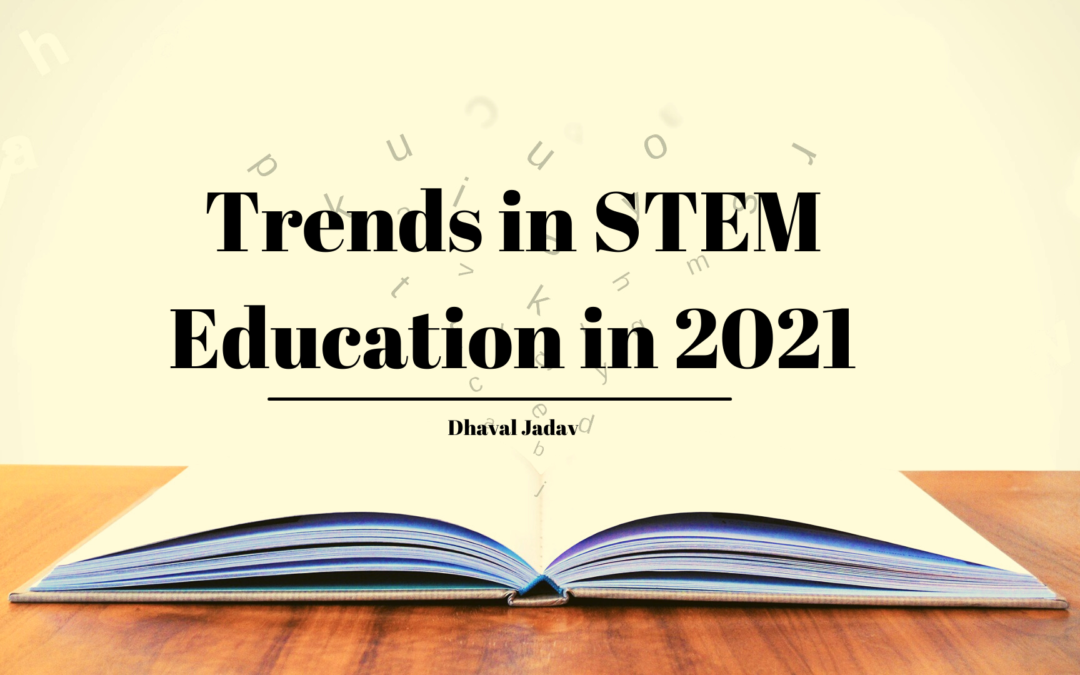Science, technology, engineering, and mathematics or STEM education immensely help in preparing students for successful careers. In fact, STEM education has become increasingly important to our country’s economy. By the year 2028, STEM employment occupations are expected to grow 8.8%. Healthcare Careers, which require strong STEM backgrounds are projected to grow exponentially as well.
Not only does STEM teach important skills such as critical thinking and innovation, but it also helps students develop project management skills and gain technical knowledge. Of course, education has changed in a plethora of ways due to the pandemic, however, teachers and students alike quickly adapted to remote learning.
Here are a few trends that have emerged during the past year in STEM education and what we can expect in 2021.
Artificial Intelligence (AI) in the Classroom
It would be difficult to find an industry that has not been influenced by artificial intelligence over the past few years. The education system is no exception.
AI has helped streamline a number of administrative tasks for teachers. The technology can make grading homework and exams much faster, which allocates more time for creating lesson plans and other important tasks.
There is even a program called, SolidProfessor, which self-grades quizzes and tests. Furthermore, artificial intelligence can assist students receiving tutoring by personalizing the experience based on how a student learns. These systems offer feedback in an effective manner and categorize data.
Video Services
Remote education is not going anywhere, in fact, many schools will continue to operate online at least partially for the foreseeable future. eLearning ties into STEM education very well due to the fact that the information is more accessible and much easier to keep up to date.
Videos have been incorporated into the classrooms in order to educate students while supporting those who benefit from visual learning or need to go at their own pace. Students enjoy the ability to start an educational video, pause it when necessary, or rewind to fully grasp a concept.
Social Media
Many STEM educators have found that an easy and effective way to share information is through social media. There are a number of tools, such as discussion boards on Twitter, class updates on Facebook, or class-specific boards on Pinterest. Integrating social media platforms into the curriculum is quickly becoming a trend among educators.

